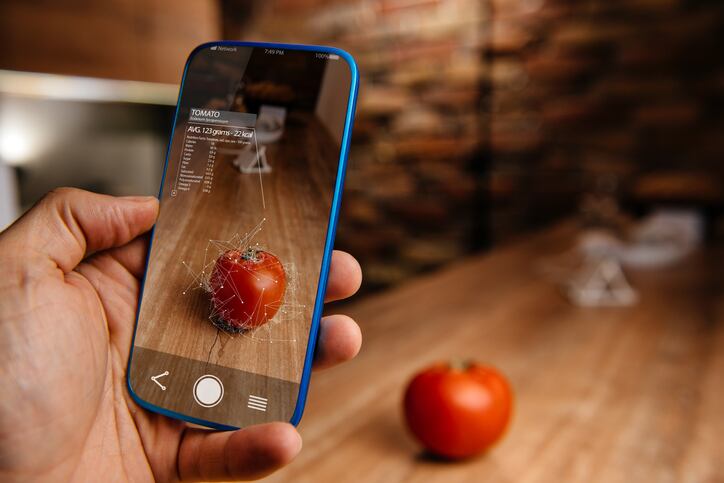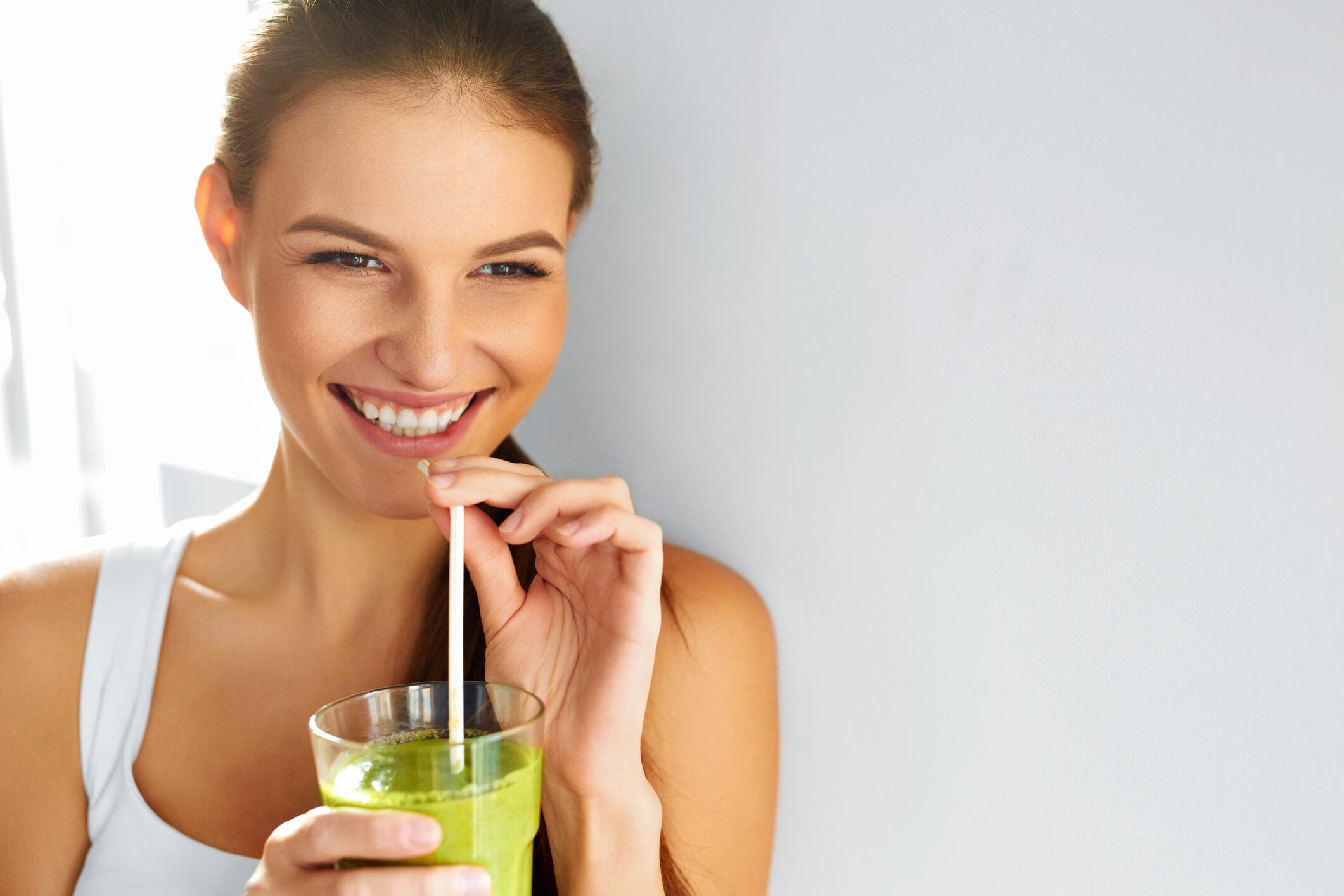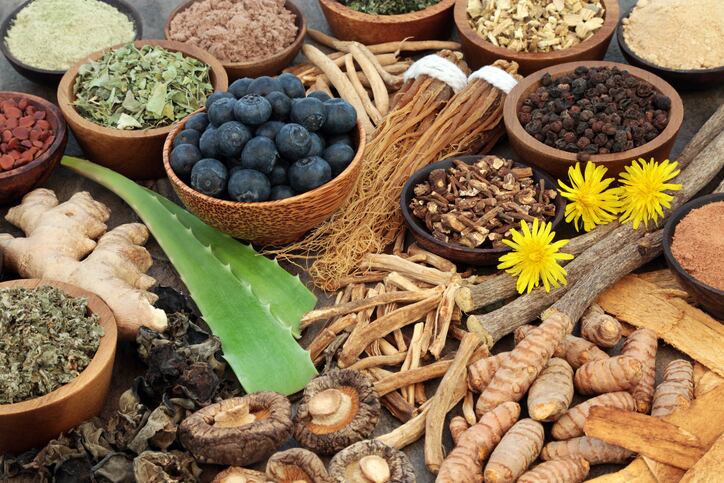
Will Chu
(Will Chu)Will Chu, Science & Technology editor, says:
E-sports nutrition
E-sports appears to be gaining momentum as 2020 dawns, coming off the back of a year in which professional e-sports clubs prioritised the game’s nutritional demands as much as the skill needed to excel in this sector.
With the e-sports arm of Spanish top-flight soccer club Valencia securing a main sponsorship deal with Powergym Nutrition, and Renault employing real F1 nutritional resources for e-sports success, the gaming scene is set to go from strength to strength.
Firms like UK-based Neubria and Germany’s Runtime gg already make available formulations for gamers that include Cognizin, Pycnogenol, lutein & zeaxanthin, ginkgo biloba and blueberry extract.
DSM recently played its hand in this space, revealing its prototype for an energy drink solution to target the ripening gamers market. Their 'EnergyXTREME' canned pop contained taurine, sugar, cffeine, vitamins, mineral and lutein for eye health.

Martin Mei, DSM's food and drink lead for human nutrition and health, said the firm can see lutein becoming increasingly popular with the gamers market as they grow better aware of the negative effects of blue light.
With ingredients like theanine, choline bitartrate, huperzine and alpha gp, said to increase focus and/or lower levels of anxiety, the scene is ripe for further investigation by new and established firms to advance in the pursuit of e-sporting excellence.
Nutricosmetics
2019 was a strong year for nutricosmetic ingredients as a raft of deals and acquisitions bodes well for the sector’s health and strength of

With Givaudan Active Beauty unveiling its RitualEssenz Brazil botanical extract range to Royal DSM bolstering its skin microbiome interests with an investment in S-Biomedic, the sector seems to be responding to consumer’s need to know ingredient origin and environmental impact when they buy personal care products.response to consumer demand.
Meanwhile Rousselot placed its collagen-based products at the forefront of the firm’s growth and direction by reorganising into three new strategic segments: Health & Nutrition, Functional Ingredients and Biomedical.
Collagen, so long a mainstay of the ‘beauty from within’ sector, is now finding a home beyond hair, skin, and nail supplements, becoming a core ingredient in sports nutrition and healthy ageing-related applications.

Nikki Hancocks
Nikki Hancocks, Innovation & Trends Editor, says:
Longer ingredients lists
Consumer awareness of microbiome health has extended beyond a simple awareness of probiotics and now they are interested to know how prebiotic fibre can benefit this area of health. It's for this reason that I can see a preference for longer ingredient lists emerging as people realise the benefits of consuming a wide range of plant based fibres to improve their microbiota diversity.
Dr Megan Rossi, research fellow at King’s College London, recently co-founded her own evidence-based gut-health food startup named 'Bio&me'. Launching her brand with a range of gut-health boosting granolas, Rossi told NutraIngredients earlier this year that each bowl offers at least 15 different plant-based ingredients and 14g of fibre. She said it was her long list of plant-based ingredients which makes the product better for microbiota diversity than other 'healthy' granolas on the market.
Whilst in the past people have seen shorter ingredients list as being ‘cleaner’, and therefore healthier, consumers are realising the importance of eating a variety of foods to cultivate a healthy and diverse gut flora. What's more, Mintel has recently released a report pointing out that the ‘clean label’ trend isn’t really about ingredients lists so much as it is about transparency and trust.

In a presentation at Food Ingredients Europe (FiE) in Paris earlier this month, Mintel's associate director Rick Miller explained: “Clean label is about what else the company is doing to act in a clean and sustainable way.
"Consumers are not just buying brands because of the name on the pack, they think these brands say something about who they are.
“Therefore ethical and environmental claims on pack – sustainability, recycling, organic and traceability - are growing.”
So as long as the ingredients on the list are well-recognised fibre-rich whole foods and have a healthy perception, long ingredients lists could become a positive attribute in the future.
Gut health apps

Continuing with this trend for diet variety, I can see more diet app developers tapping into this trend and providing services which concentrate on wholefood and fibre variety as opposed to simply counting calories.
One company already taking the lead in this area is Atlas Biomed, which recently launched a dieting app that works in tandem with a microbiome tests to inform users how they can improve their gut health by choosing a wider variety of fibre-rich foods.
Sergey Musienko, bioinformatician and founder of the UK-based firm startup (launched in 2014), says the app allows customers to genuinely learn how to modulate their microbiomes through their diet choices.
He told NutraIngredients: “It allows the customer to take a photo of their meal and the special algorithm allows us to identify the specific ingredients in the meal and based on their latest microbiome test results the app provides a scoring system for each ingredient, showing how beneficial they are to the user’s microbiome composition.”
Beauty food and drink

In-keeping with Will's nutricosmetics prediction, I can see more functional food and drink NPD coming to the market which include ingredients from the Beauty and Personal Care (BPC) category.
Mintel says this is an untapped area of potential growth for food and drink. Ingredients like retinal and hyalauronic acid are well recognised by consumers thanks to their wide usage within BPC, meaning adding the names of those ingredients to food an drink products could boost interest without even needing to make a health claim.
What's more, Mintel's food and drink analyst Alex Beckett says that consumer may even develop a more positive perception of synthetic ingredients in health-focused food and drink in the future as long as brands can communicate the benefits of these products for the health of the consumer and the planet.

Nathan Gray
Nathan Gray, Senior Editor, says:
Going green: Sustainable packaging
The environment and the problems created by single-use plastics and unsustainable packaging are one of the biggest challenges facing the world – across all industries and regions, those at the top are starting to realise the monumental changes needed.
Food and nutrition is no different. Indeed, demand for more environmentally friendly packaging, and a greater focus on easy-to-recycle packs and reducing single-use plastics has been a major focus for the wider food industry in the last few years.
As far back as 2018 major brands including Danone, Coca-Cola, Nestlé and PepsiCo all pledged to cut plastic packaging waste in the UK, while just a few months ago FMCG behemoth Unilever pledged to slash its plastic use in half globally by 2025.
While these pledges promise significant progress in the worlds of food production and retailing, there has been considerably less focus on the issue from those in the nutraceutical and consumer health space. From supplements in non-recyclable jars, protein powders in plastic tubs, and single use blister packs. It’s clear that more can – and should – be done in our industry.

While the industry has taken to the task of tackling wider issues of ethical sourcing and sustainability in the supply chain, the issues of single use plastic and unsustainable packaging remain a potential pitfall. With ever-growing public concern over the issues, it’s only a matter of time before the unsustainable nature of packaging within the industry comes under the spotlight.
The next year could be a big year for those wishing to stay ahead of the game, as they look to innovate with newer, greener, packaging solutions for nutraceuticals, functional foods and wellness products.
Prebiotic power: Feeding your 'good bacteria'
The microbiome is a mega-trend that shows no sign of stopping. Probiotics have become synonymous with gut health in the consumers mind, and while there is certainly still plenty of growth left in the probiotic marketplace, the greatest growth and innovation potential in the microbiome space may come from prebiotics in the coming years.

In a crowded marketplace for probiotics, brands will continue to look at prebiotics and the potential for symbiotic combinations as a way to innovate and stand out. And as consumers become more aware of the term prebiotic, we could see significant growth in both understanding and demand for ingredients that ‘feed our good bacteria’.
With new science continuing to show the powerful potential of prebiotic interventions, and the industry continually looking for ‘the next big thing’ to innovate with, the future is bright for prebiotics.
Earlier this year Stephen O’Hara, founder and CEO of leading UK brand Optibiotix told NutraIngredients that ‘designer prebiotics’ have “greater potential than probiotics to be able to modify our microbiomes and improve our long-term health.”
“We think prebiotics is the bigger opportunity for the future and that’s the area we are putting a lot of investment into,” O’Hara added.
Meanwhile, The Global Prebiotic Association recently said it agrees with market reports that places the value of the global prebiotic market at around $5.5 billion in 2019. However, Len Monheit, executive director of the GPA, noted that animal and feed applications likely account for around 60% of the sales volume currently.
Monheit added that a better understanding of modes of action for prebiotics will help boost sales further and that a simpler message could be key to increasing consumer demand – adding that the probiotic sector ‘took off’ when the message was simplified for consumers via the campaigns by brands such as Activia.
Brain hacking: Nootropics and ‘mood foods’ for stress and anxiety

While energy drinks and alertness will always be a big market for part of the industry and a core section of consumers, we are fairly certain that the vast majority of consumers are more stressed and anxious than they have ever been. As awareness of mental health issues continues to grow, and the consumers take mental wellness and the mood more seriously than ever, we have seen a distinct movement towards calmness, mindfulness, and relaxation products in other areas of life.
As the science behind nootropic ingredients and ‘mood foods’ continues to grow, and consumers behind to realise the potential benefits of combining dietary products with other stress management tools, we believe there will be a spike in interest for foods and supplements that enhance mood, aid relaxation, and enhance mental performance without the stimulant effects of caffeine.
There is growing science linking a plethora of ingredients with mood, focus and cognition, including long-chain omega-3 fatty acids, citicoline, phosphatidylserine (PS), bacopa, ashwagandha, certain probiotic strains, CBD, B vitamins and mushrooms.
While the trend for nootropics has already taken off, 2020 will likely see a refinement and somewhat widening of this as consumers look to focus on mood, relaxation and mental health – and search out foods and supplements that can help in their quest for calm.

